
Dear ICES friends,
We are excited to present the inaugural issue of the ICES Maritime Bulletin, a new ICES
newsletter that aims to present a quarterly look at maritime developments across Europe and
China, as well as the global and regional maritime issues concerning both sides.
The maritime domain has become a new frontier in international affairs, one that holds the potential
for both rivalry and cooperation. Few issues cut across borders as sharply as those tied to the
seas, from fisheries and resources to shipping lanes, climate impacts, maritime security and international
law. At ICES, we believe that regular knowledge-sharing is essential for transforming these challenges
into opportunities for constructive engagement between Europe, China, and the wider international
community. Every quarter, the ICES Maritime Bulletin brings you the latest developments, emerging
insights, and top event highlights in the maritime sphere. We invite you to explore the key stories
and perspectives shaping this dynamic frontier.
MARITIME DISPUTES & SECURITY
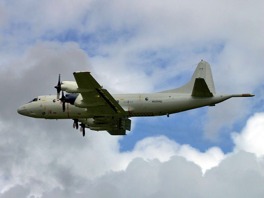
On July 9, Germany accused the Chinese Navy of laser-targeting a German reconnaissance aircraft taking part in the EU’s ASPIDES mission to protect international sea routes in the Red Sea. Beijing rejected the claim, saying Germany’s information was “totally inconsistent with the facts known by the Chinese side”.
On July 10, China’s deputy permanent ambassador to the UN called on the Houthis in Yemen to desist from targeting commercial vessels in the Red Sea following their attacks on a Liberian-flagged, Greek-owned cargo ship where at least two were killed.

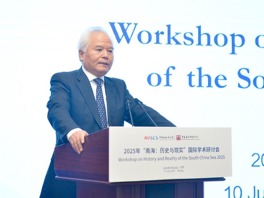
On July 10, the Huaqing Center and NISCSS hosted the Workshop on History and Reality of the South China Sea, where Chinese scholars and officials reiterated China’s position on sovereignty, expressed objections to the 2016 arbitration ruling, and emphasised regional cooperation while noting concerns about U.S. involvement.
On July 12, the eve of the ninth anniversary of the ruling of the South China Sea arbitrationinitiated by the Philippines, Chinese Foreign Minister Wang Yi reiterated Beijing’s rejection of the ruling.
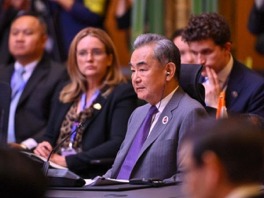
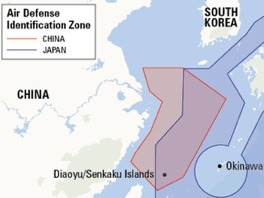
On July 13, Beijing accused Japan of repeatedly sending reconnaissance aircraft into China’s air defence identification zone in the East China Sea, days after Tokyo accused a Chinese bomber of making “unusual approaches” towards their aircraft.
On July 28, NATO’s Cooperative Cyber Defence Centre of Excellence (CCDCOE) released a policy brief warning of a sharp rise in cyber attacks targeting European maritime port facilities. Many incidents were reportedly carried out by state intelligence agencies of Russia and Iran, as well as personal informal links to China.
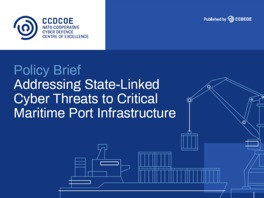
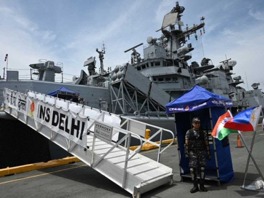
On August 4, India and the Philippines held their first joint naval exercises in the South China Sea in advance of a state visit by Philippine President Marcos Jr. to New Delhi.
On August 11, the Philippine Coast Guard released dramatic footage of two Chinese vessels colliding while driving Philippine vessels out of waters near the disputed Scarborough Shoal in the South China Sea. Later in the week, the U.S. sent warships into the disputed waters and were shadowed by Chinese vessels.
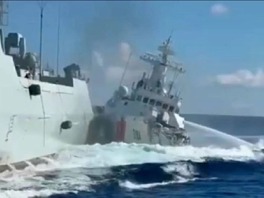

On August 19, reports indicated that the Foreign and Defence Ministers of the UK—David Lammy and John Healey, respectively — disagree over sending a UK warship to transit the Taiwan Strait later this year. Lammy wishes to avoid aggravating Beijing, while Healy wants to send a message about freedom of navigation.
On August 20, German Foreign Minister, Jiwand Wadpehul, said in a speech delivered in Indonesia that “China’s growing military assertiveness in the South China Sea undermines the international rules-based order”. In response, Chinese Foreign Ministry spokesperson Mao Ning said on Monday that “the Taiwan question is China’s internal affair”.
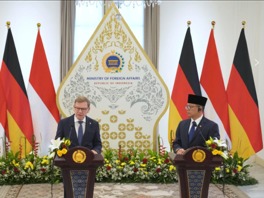
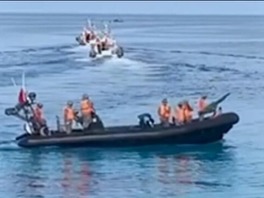
On August 21, the Philippines noted that the Chinese Coast Guard has increased its presence around the Scarborough Shoal following maneuvers earlier in the month. The deployment now includes a greater number of fast patrol boats, some equipped with water cannons.
On August 29, the coast guards of Indonesia, Singapore, and Malaysia held their first joint operation. This deepening of regional cooperation is reportedly aimed at countering maritime crime and improving joint surveillance of China’s maritime activities.
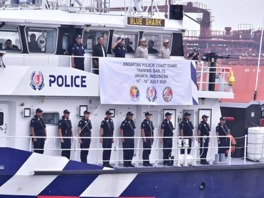
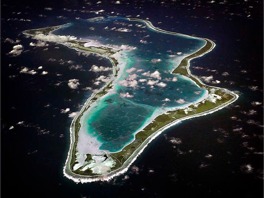
On September 12, India announced its provision of $680 million USD in economic assistance to Mauritius as it is poised to takeover sovereignty of the Chagos Island archipelago in the centre of the Indian Ocean. This blend of loans and grants includes funds for the development and surveilance of a critical archipelago home to the strategic U.S.-British air base of Diego Garcia.
From September 17-19, the 12th Beijing Xiangshan Forum, China's preeminent multilateral annual defence conference, was held. It was reported that the event aimed to galvanise strategic cooperation in the maritime domain with global stakeholders opposed to "hegemonism and power politics."
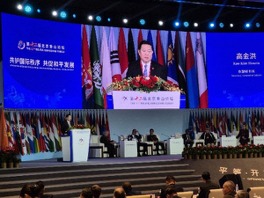
ICES Reflections: India’s Growing Strategic Ambiguity in the South China Sea
Comment by Alec Caruana, ICES Non-Resident Research Associate
As tensions flared once again in the South China Sea this August surrounding the Scarborough Shoal, India’s first-ever joint naval drill with the Philippines may have slipped under the radar for many maritime watchers. The disputed shoal (also known as Panatag or Huangyan Dao) has become one of the most visible flashpoints in Asia’s broader maritime rivalry. Chinese and Philippine vessels have clashed there repeatedly, most recently culminating in an accidental collision earlier this month. Against this dangerous backdrop, India’s involvement may appear modest in scale but is significant in symbolism. It shows New Delhi stepping into one of the world’s most contested regions, testing its ability to balance relations with Beijing, Washington, and an unsettled neighborhood.
For much of the past decade, India avoided such entanglement. It voiced support for international law at sea and the principle of “freedom of navigation,” which refers to the right of commercial and military ships to pass through international waters without interference. Yet India has sometimes favored flexible interpretation of these rules in its own claimed territories, reflecting a preference for strategic discretion. Until recently, it stayed clear of China’s disputes with Southeast Asian claimants. That changed in 2023 when New Delhi joined the Philippines in publicly urging Beijing to respect the 2016 arbitral ruling in Manila’s favor on the status of South China Sea features and the sovereignty rights they entail. Now followed up with joint military exercises and a strategic partnership with the Philippines signed earlier this month, India is now signaling a move from distant supporter to active participant.
New Delhi’s rationale is relatively straightforward. More than half of India’s trade passes through the Strait of Malacca and onward into the South China Sea, so disruption there would hit its economy hard. On a deeper level than this, India wants to be recognized as an independent pole of influence in the Indo-Pacific, rather than a subordinate in U.S.-led strategy. Washington has been the Philippines’ largest military supplier and treaty partner to-date, and with New Delhi now independently cooperating with Manila on joint patrols, advanced missile sales, and defense infrastructure, India projects itself as a champion of rules without binding itself to alliances.
From the perspective of the Philippines, new security guarantors like India offer diversification and new opportunities to hedge—Washington’s security guarantees have been far from perfectly stable, and with U.S. naval attention increasingly divided, India brings advanced capabilities without demanding bases or formal commitments that might inflame Beijing.
China’s reaction has been predictable, warning third parties from interfering in its near abroad. But its unease is evident. Smaller states working with external partners erode Beijing’s leverage and complicate its preference for bilateral deals where its power is overwhelming. At the same time, Beijing has tried to keep channels with New Delhi open, wary of pushing India deeper into Southeast Asia’s security orbit.
We’re witnessing strategic alignment increasingly become a hallmark for India. From its positions on trade with Russia to its maritime policies in Southeast Asia, New Delhi presents itself as a defender of sovereignty and incremental pragmatism while avoiding both direct confrontation with China or overreliance on Washington. For Europe, the lesson is that Asia’s contested waters are no longer shaped only by great-power rivalry. Middle powers like India, Japan, and Australia are experimenting with flexible coalitions that reinforce international norms without formal alliances.
India’s entry into the South China Sea highlights both its rising influence and the fragility of its balancing act. Ambiguity may serve as a useful shield, but it will not protect New Delhi forever from the sharper edges of regional power politics.
MARITIME GOVERNANCE
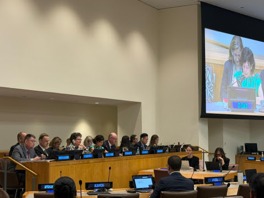
Between July 7 and August 8, several meetings were held in New York as part of the sixty-fourth session of the Commission on Limits of Continental Shelf, the UN body responsible for defining the outer limits of countries’ continental shelves under international law and legislating appropriate behaviour therein.
On July 16, in the aftermath of the third UN Ocean Conference in Nice, the European Union and China signed a new partnership aimed at fostering cooperation to protect global marine environments and ensure the sustainable development of oceans.
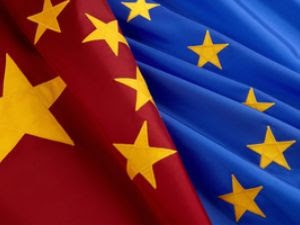
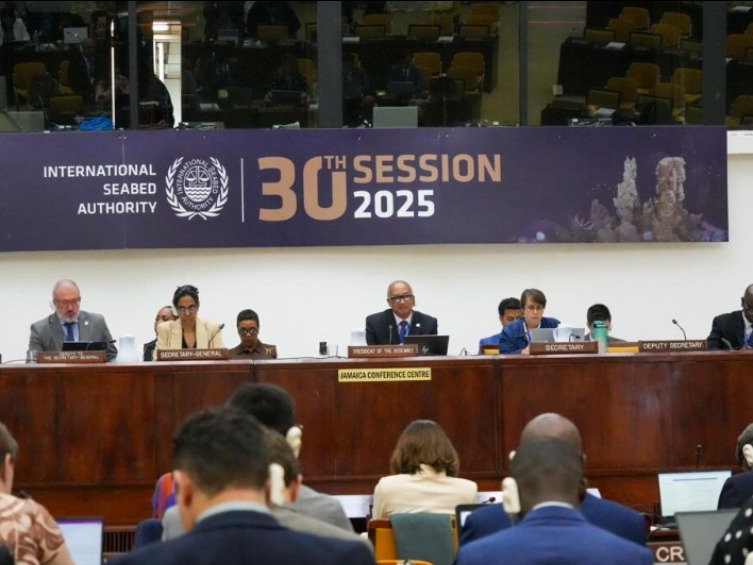
From July 21–25, the 30th session of the International Seabed Authority was held in Kingston, Jamaica. Despite increasing pressure from industry-aligned actors, no progress was made on advancing the organisation’s draft “Mining Code”—leaving deep-sea mining in international waters off-limits for the time being.
On July 23, the International Court of Justice delivered a landmark advisory opinion, responding to a petition by the government of Vanuatu and Pacific Island students, ruling that states can be held legally accountable for harming the climate through emissions.
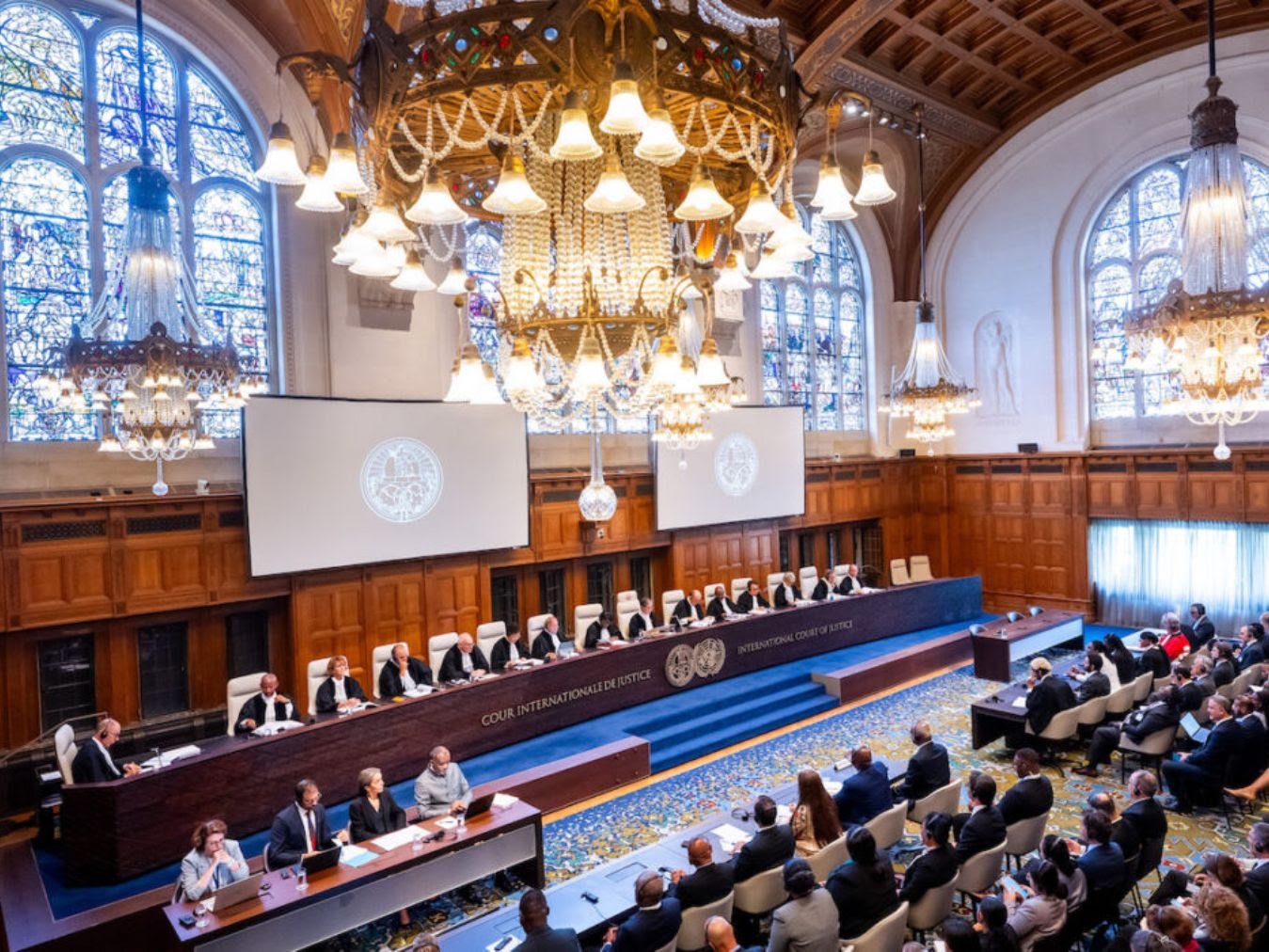
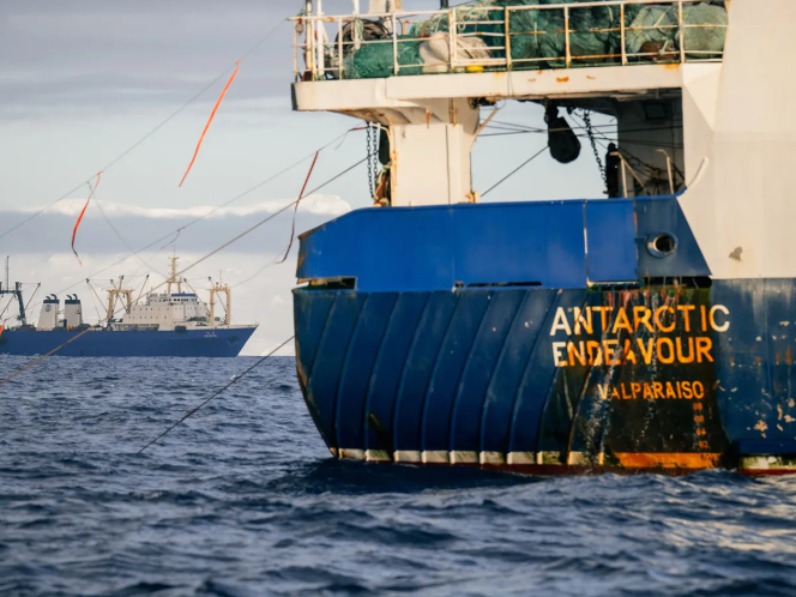
On July 29, the Commission for the Conservation of Antarctic Marine Living Resources (CCAMLR) closed the Antarctic krill fishery season early after record-breaking monthly catches threatened to exceed the organisation’s limit. This followed failed attempts in the CCAMLR to agree to expand the zone where krill trawling is allowed.
On July 31, two months before the International Maritime Organization (IMO) is set to vote on its draft Net-Zero Framework, several environmental activist NGOs called on the IMO to introduce a ban on Heavy Fuel Oil (HFO) north of the 66th parallel in the framework given its disproportionate acceleration of ice melt.
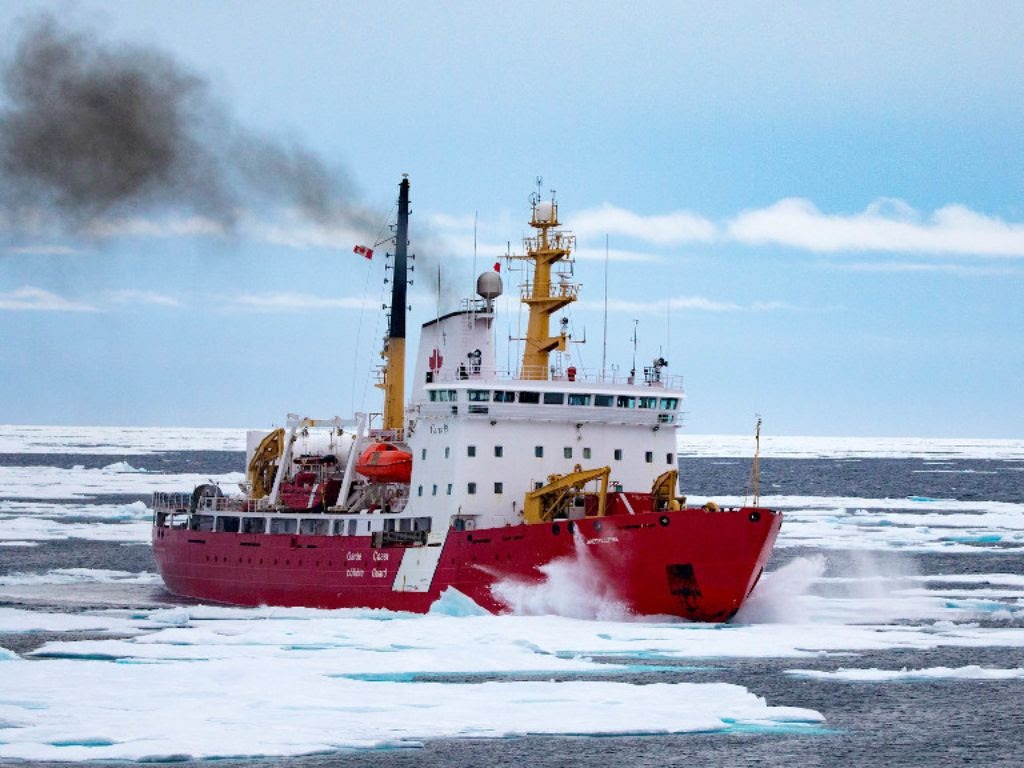
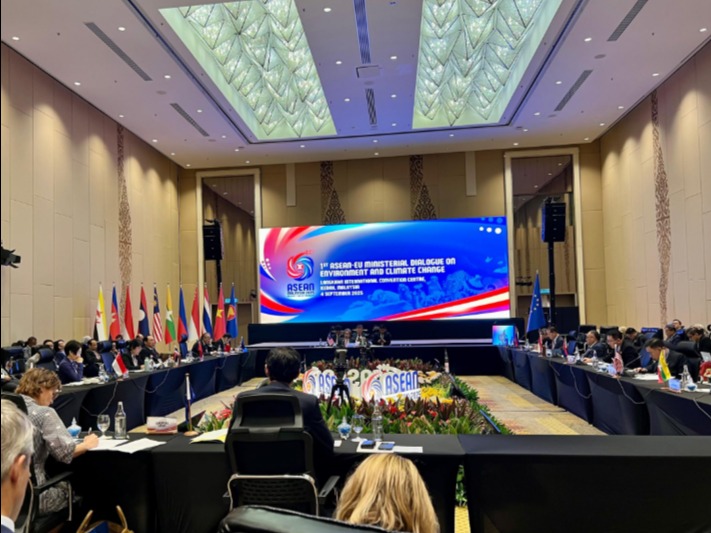
On September 4, on the sidelines of the 1st ASEAN–EU Ministerial Dialogue on Environment and Climate Change, the European Union announced two projects amounting to a total of €30 million in contributions to Southeast Asia’s green transition.
On September 10, China approved the establishment of a national nature reserve around the disputed Scarborough Shoal. “The building of the Huangyan Island National Nature Reserve is an important guarantee for maintaining the diversity, stability and sustainability of the natural ecosystem of Huangyan Island,” the notice said, referring to Scarborough Shoal by its name in Chinese.
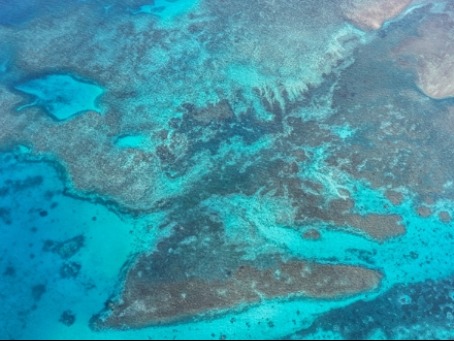
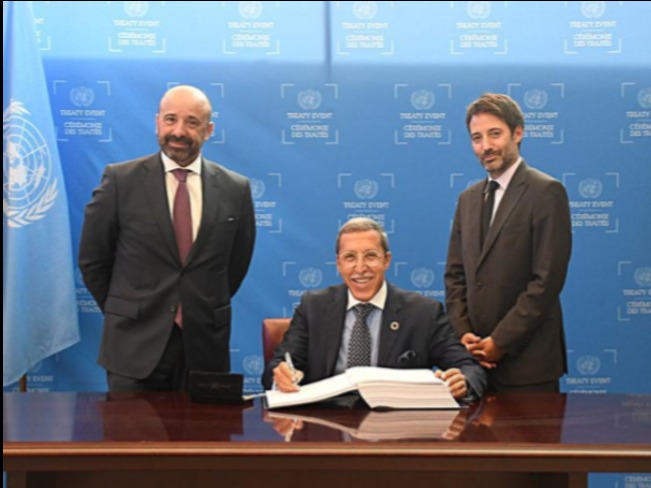
On September 19, the UN’s High Seas Treaty (also known as the BBNJ agreement) reached the milestone of 60 state ratifications, meaning that it will enter into force from 1 January 2026. The treaty establishes legally binding rules to conserve, sustainably use, and cooperate in studying the world’s marine area.
ICES Commentary
Treasure or Trouble? The Deep Seabed Mining Dilemma
Commentary by Daniel van Mensel, ICES Intern
August 26, 2025
As the International Seabed Authority (ISA) concluded its 30th Assembly in Kingston from July 21–25, 2025, the outcome was clear: no exploitation licenses have been approved, and the much-anticipated Mining Code remains incomplete. Member states reaffirmed that commercial deep seabed mining cannot proceed without robust regulations and sufficient scientific knowledge.
Deep seabed mining (DSM) refers to the extraction of mineral resources – such as cobalt, nickel, manganese, and rare earth elements – from the ocean floor, typically at depths of 4,000 to 6,000 meters. These minerals are essential for clean energy and defence technologies, as well as for AI development. Most DSM activity targets polymetallic nodules found in the Clarion-Clipperton Zone of the Pacific Ocean, located beyond any country’s national jurisdiction. As such, DSM falls under the legal authority of the ISA, which is mandated by the UN Convention on the Law of the Sea (UNCLOS) to regulate exploration and exploitation in the international seabed area (“The Area”) for the benefit of all humanity.
Once a hypothetical opportunity and challenge for future generations, DSM is now very much a live issue. Triggered by Nauru’s invocation of the “two-year rule” in 2021, the ISA has been under mounting pressure to finalise its Mining Code and respond to the first potential commercial applications for exploitation. That deadline technically expired two years ago – yet no exploitation license has been granted. With the absence of an agreed-upon Mining Code, the recent session reiterated that mining cannot commence without a complete regulatory framework.
Read the full commentary through the title link.
MARITIME ECONOMY
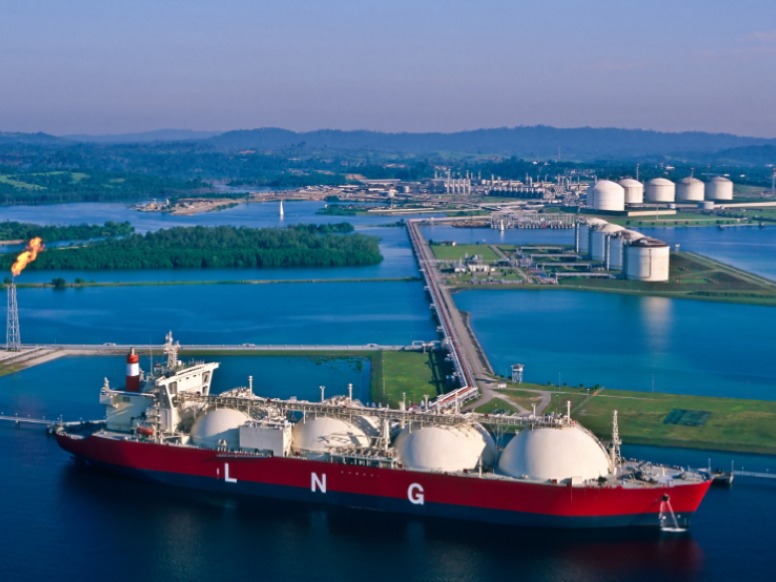
On July 1, it was reported that global maritime shipments of liquefied natural gas (LNG) were up in the first half of 2025 compared to previous years, driven primarily by Europe’s continued drive to replace its pipeline gas supplies from Russia which have been under sanction since the invasion of Ukraine.
Also on July 1, the European Commission kicked off its work to develop an EU Ports Strategy and an EU Industrial Maritime Strategy with two high-level strategic dialogues with industry representatives hosted by the Commission in Brussels.
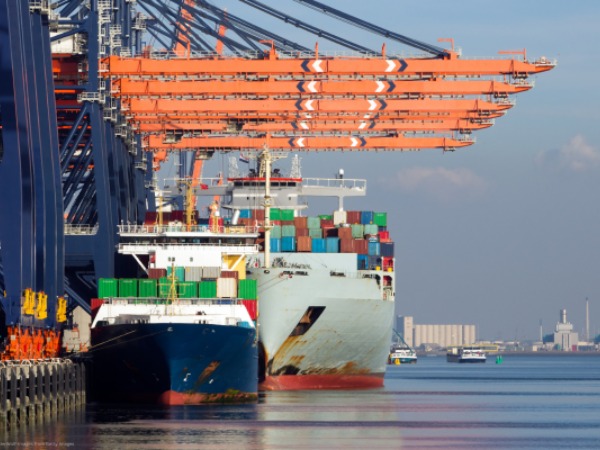
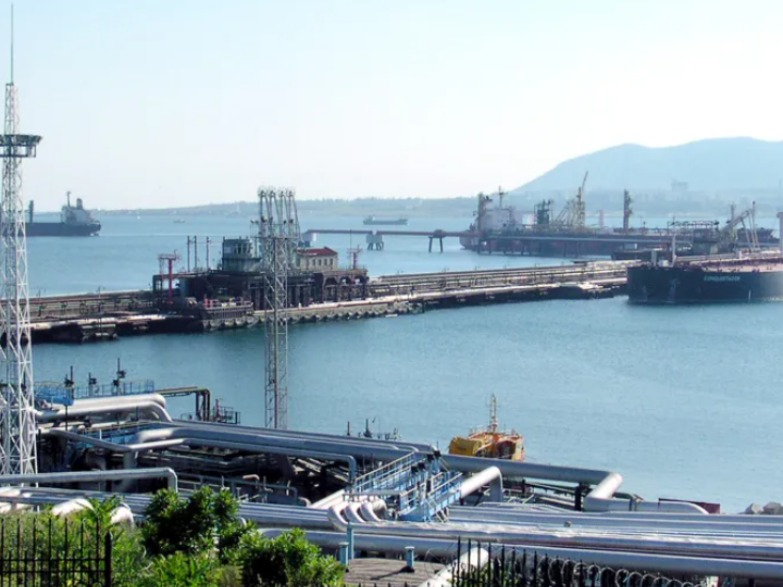
On July 18, the European Union approved its 18th sanctions package on Russia which includes a ban on all sea transactions using the Nord Stream pipelines and an expansion of Russian and affiliated “shadow fleet” vessels under sanction, including one LNG tanker.
On July 21, the UK joined the EU in escalating its sanctions on the Russian shipping industry by targeting 135 new oil tankers and several Russian oil companies and international trading companies which continue to do business with Moscow.
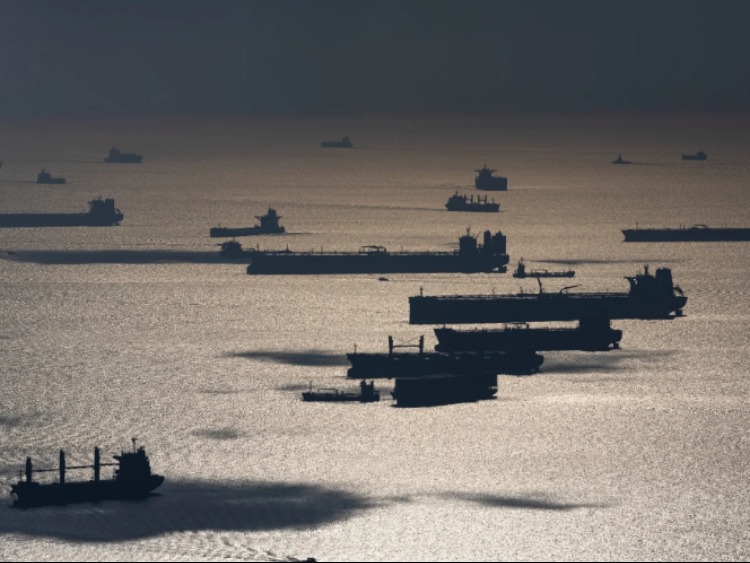
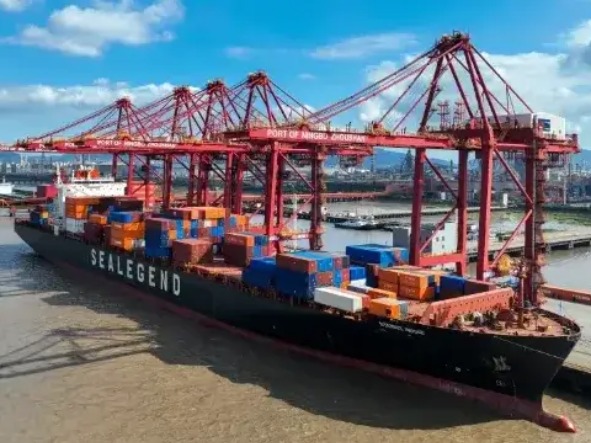
On August 11, Chinese shipping companies Sea Legend and Haijie announced plans to launch a direct shipping route between China and Northern Europe in September, cutting shipping times down from the usual 30–50 days to 18 by transiting the Arctic.
On August 11, it was reported that Chinese automakers continued to use the Red Sea and Suez Canal to get their products to Europe throughout July despite increased threats from the Houthis.
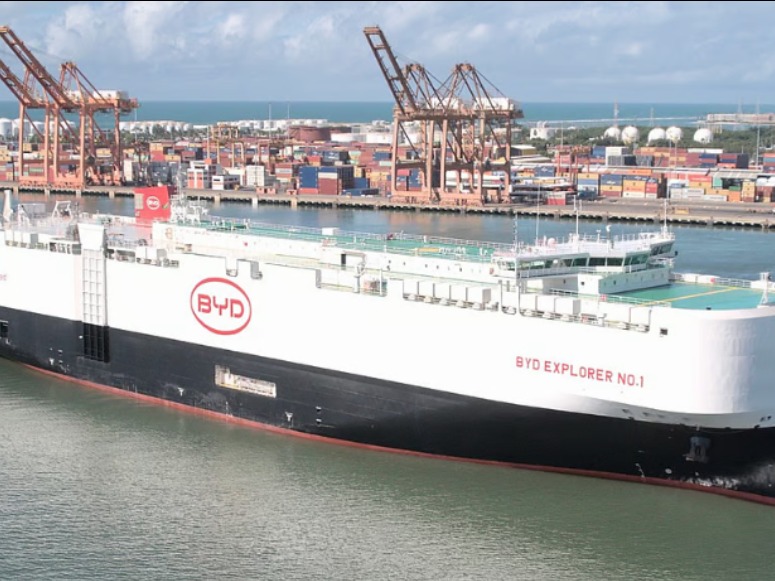
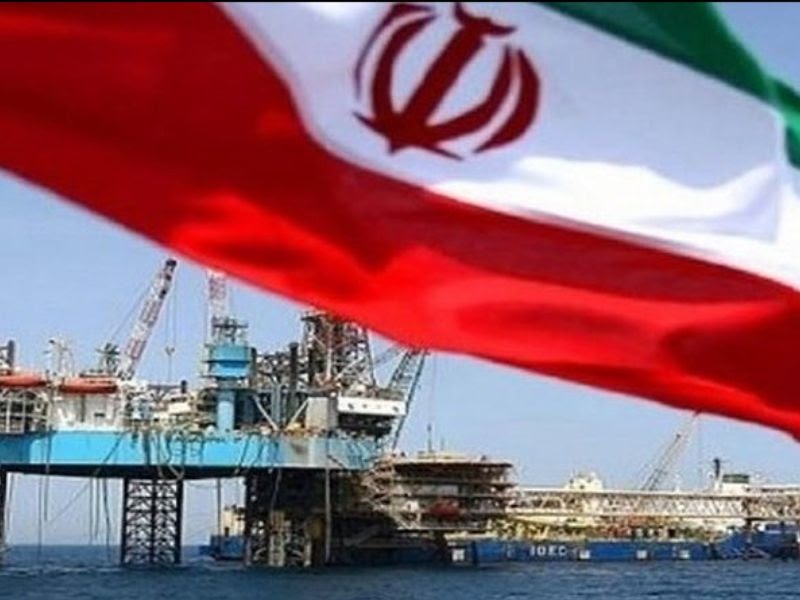
On August 21, a Greek shipbroker owned by Antonios Margaritis was singled out by the U.S. Department of the Treasury as part of its efforts to combat Iran’s oil shadow fleet through a fresh round of sanctions.
On August 22, reports emerged that the U.S.’ target="_blank" class="text-blue-600 underline" Federal Communications Commission is revising its rules on undersea cables to explicitly disqualify entities in foreign adversary states from cooperating to build or use U.S.-owned cables.
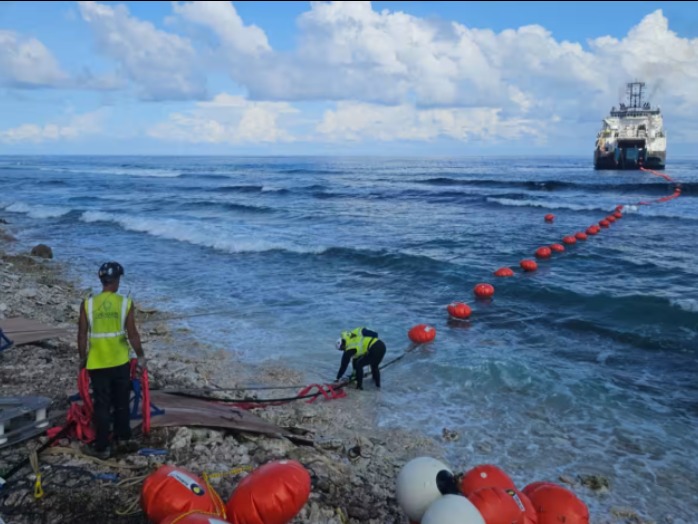
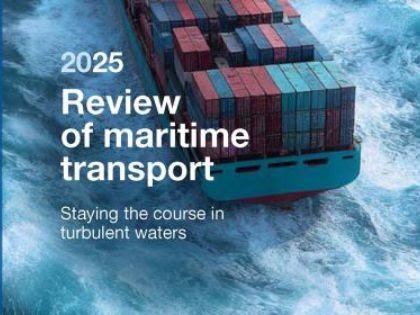
On September 24, UNCTAD warned that global maritime trade is entering a period of slow growth, rising costs, and heightened risks for developing nations, while calling for investment in sustainability, digitalization, and port infrastructure.
Also on September 24, China’s Dalian Shipbuilding delivered its first independently designed LNG carrier, Sea Spirit, signaling China’s growing presence in a regional market long dominated by South Korean firms.
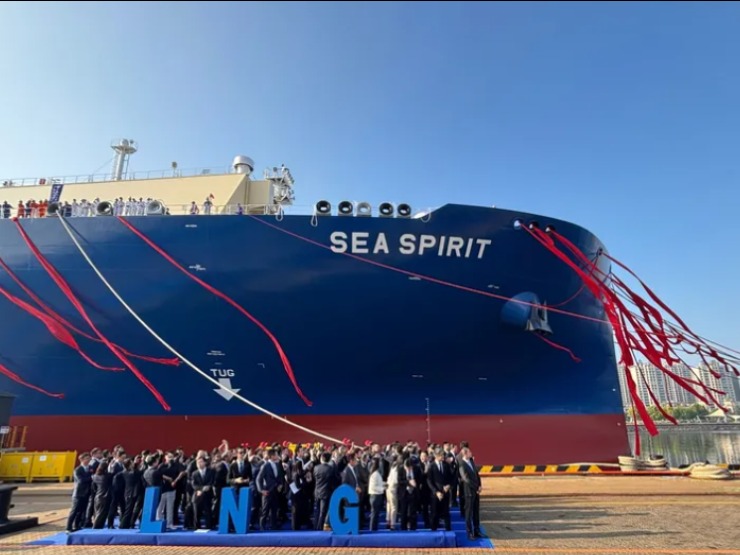
CONTACT WITH US
If you want to stay informed on our events and publications do not hesitate to visit our website and follow us on social media:
Linkedin: Institute for China-Europe Studies (ICES)
Website: ices-eu.org
If you are interested in publishing your article on our website, email us at: info@ices-eu.org info@ices-eu.org, with the Subject 'Article Submission_Name_Surname'.
Thank you for being a part of our newsletter community! We appreciate your continued support and engagement. Stay tuned for more exciting updates in our upcoming editions. If you have any suggestions or feedback, we would love to hear from you.
Please note that all news and views cited in this bulletin, if not otherwise indicated, do not represent the position of ICES.